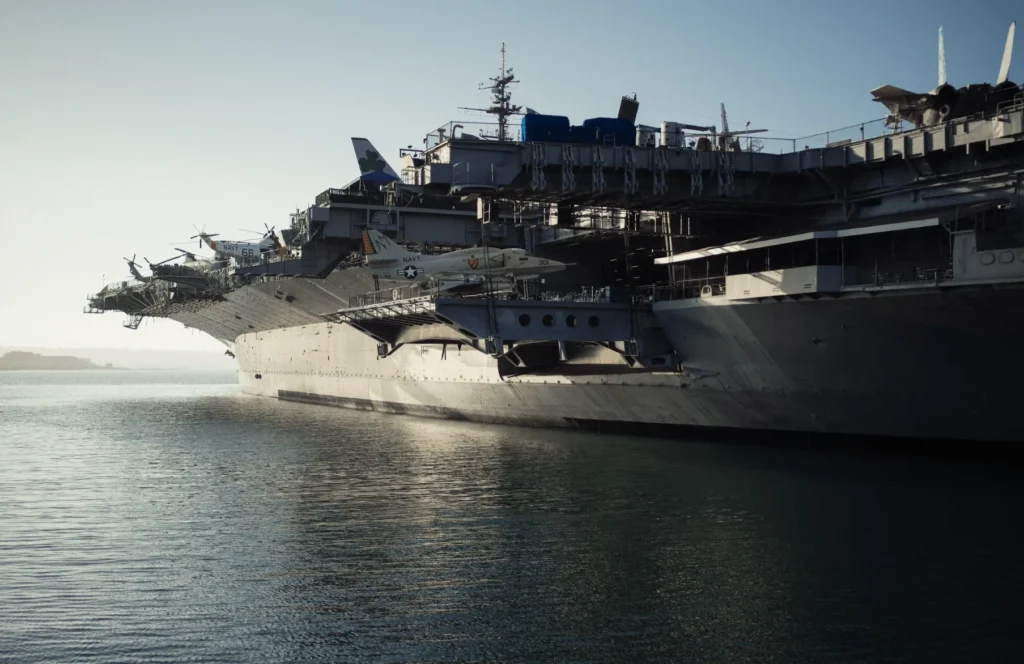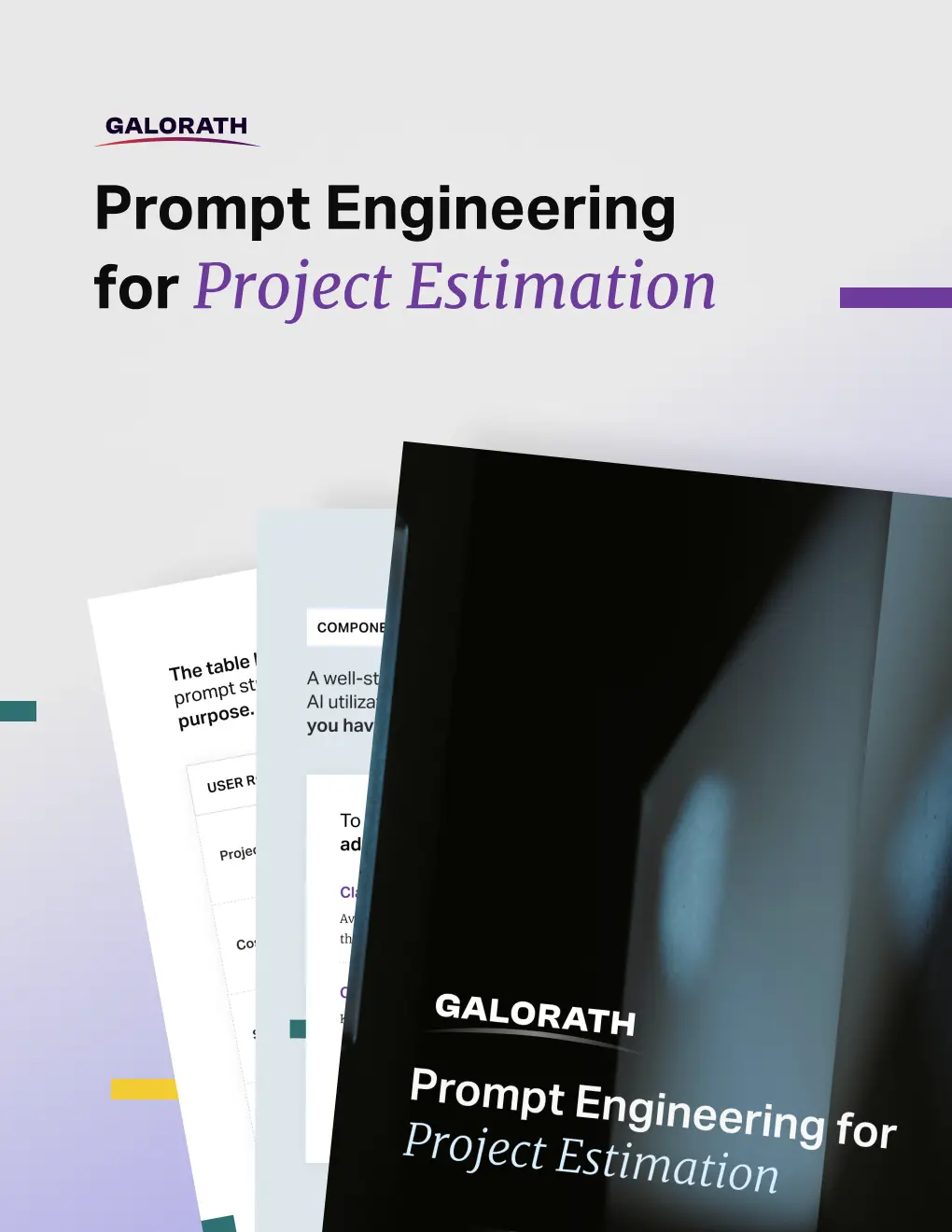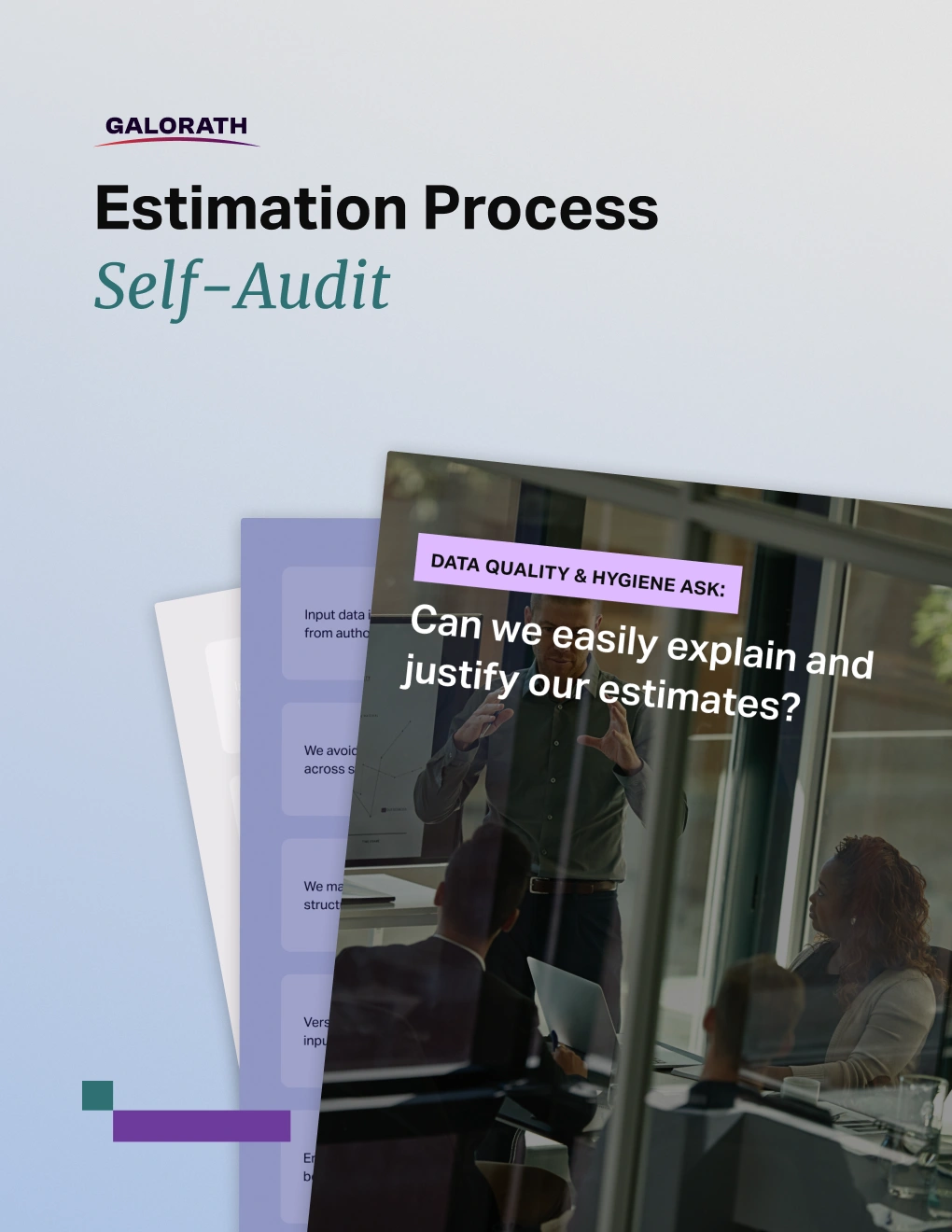Mastering Cost Risk with the CRED Model: A New Approach to Managing Uncertainty

Military satellite communication networks continue to evolve with the insertion of new technologies. Improved systems with greater bandwidth are being developed and deployed to meet the heightened demands of national security.
The Challenge
Due to the lack of early technical and programmatic data and specificity, high-level, early-development-cycle cost estimates are difficult to determine and validate. The Navy asked Booz Allen Hamilton to develop a business case analysis (BCA) of several acquisition options for the Navy’s AEHF Terminal Program.
Our Solution
To mitigate uncertainty, Booz Allen Hamilton used SEER-H and SEER-SEM, a pair of parametric cost estimating models from Galorath that compelled the technical staff to think specifically about the system’s architecture and its technical definition. “The SEER tools are equally strong at estimating both software and hardware costs. They do a thorough job of enabling the analyst to deconstruct the system into smaller elements,” David Bracamonte, a Booz Allen senior associate says. “I find SEER easy to use and intuitive.”
The Result
Developing and documenting detailed information about both the software and the hardware elements in the SEER models enabled the client to readily assess the program cost estimate and to conduct a sufficiency review. The client’s independent cost estimate was reconciled to the Program Estimate developed by Booz Allen. After negotiating minor differences, the client approved the program cost estimate. This approval enabled the program to move forward into Phase II and to initiate the competitive bidding process.
“When you use a parametric model like SEER, you reduce uncertainty by deconstructing the project into smaller, well-defined components; the cost estimate of which can be more readily critiqued by the technical and program management staff,” says Bracamonte.











